Roles
Learn how to create, assign, and manage roles to control user access and permissions across your procurement platform.
Overview
Roles allow you to control user permissions by grouping related permissions together. Instead of assigning individual permissions to each user, you can create roles with specific permission sets and assign those roles to users.
System-Defined vs Custom Roles
System-Defined Roles (created automatically):
- Admin: Full access to all common and client-specific permissions, automatically assigned to new clients
- Member: Basic permissions for standard users
Custom Roles (created by administrators):
- Can be assigned any combination of permissions
- Must have unique names within your organization
- Can be edited, updated, or deleted as needed
Key Benefits
- Granular Permission Control: Define exactly what users can view and modify
- Consistent Access Management: Standardize permissions across user groups
- Simplified User Administration: Manage access rights efficiently at scale
- Security Compliance: Meet regulatory requirements through controlled access
- Flexible Role Customization: Adapt roles to match your organization's structure
Accessing Roles
Navigate to the roles management interface:
- Settings Menu: Access through Settings → Roles tab
- Quick Search: Use global search and type "Roles"
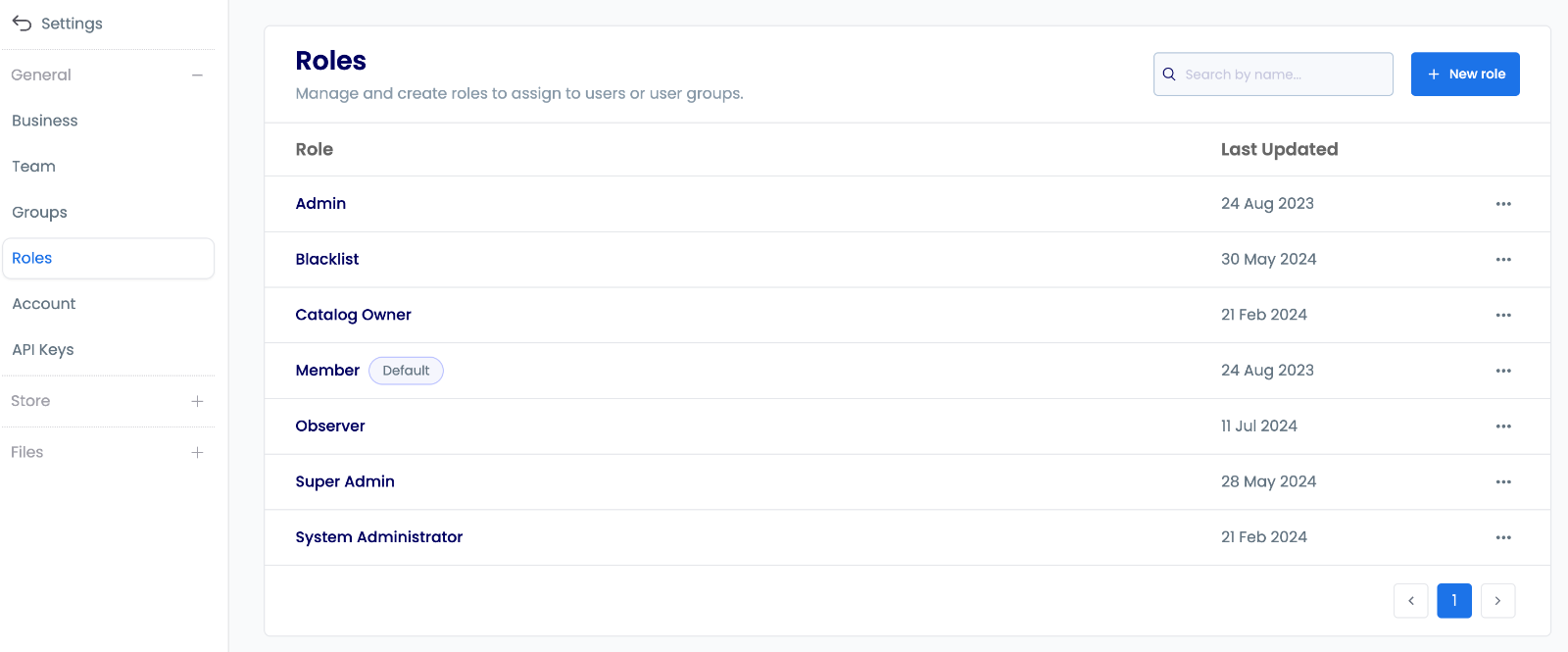
Creating Roles
Initial Setup
- Click + New role to begin
- Choose a descriptive name that reflects the role's function (e.g., "Procurement Analyst", "Regional Buyer", "Senior Approver")

Permission Configuration
Review Available Permissions
- Understand each permission's impact
- Consider workflow requirements
- Plan access levels carefully
Select Access Levels
- Match permissions to job functions
- Consider security implications
- Enable necessary features
Balance Security and Functionality
- Apply least privilege principle (grant only the minimum permissions needed for job functions)
- Ensure operational efficiency
- Maintain security standards
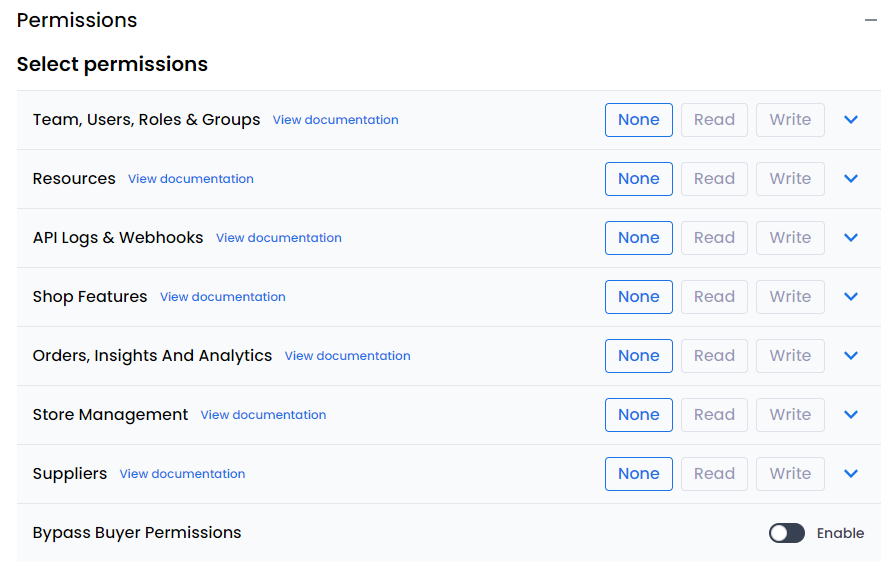
Permission Categories
Expandable Categories
- Click to view detailed permissions
- Understand category scope
- Review all options
Bulk Selection Tools
- Use Read/Write buttons efficiently (selects all read or write permissions in a category)
- Speed up configuration
- Maintain consistency
Individual Controls
- Fine-tune specific permissions
- Customize access levels
- Meet exact requirements
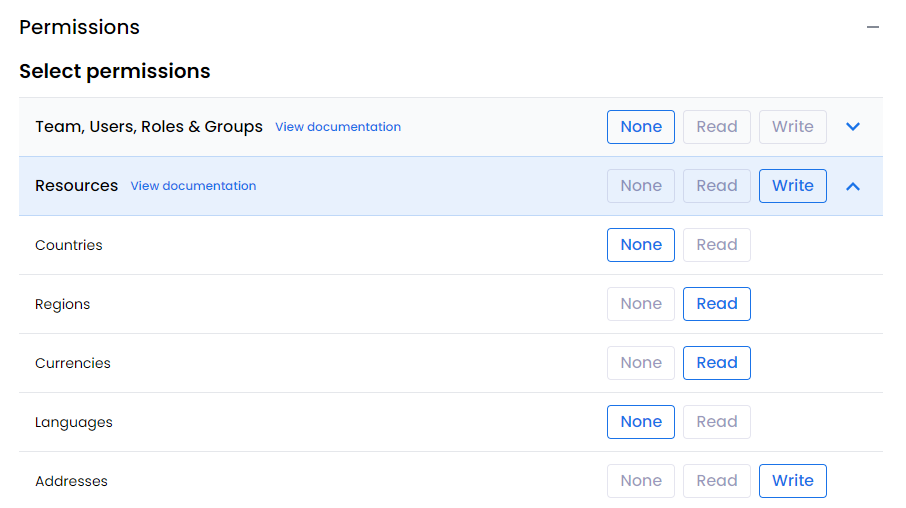
Finalizing Role Creation
Review Process
- Double-check all permissions
- Verify access levels
- Confirm role purpose
Activation
- Save configuration
- Document changes
- Prepare for assignment

Managing Existing Roles
Role Maintenance
Editing Roles
- Update permissions as needs change
- Adapt to new requirements
- Maintain security standards
- Document modifications
Removing Roles
- Archive unused roles (system checks for active assignments before deletion)
- Consolidate similar roles
- Maintain system clarity
- Track role history
Adding Roles
- Create new functions
- Support growth
- Enable specialization
- Match business needs
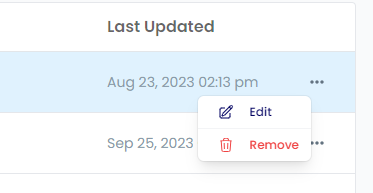
Role Assignment
Assigning to Users
Access User Profile
- Quick Settings access
- Team member selection
- Profile review

Edit Role Settings
- Access permission settings
- Review current roles
- Prepare for changes
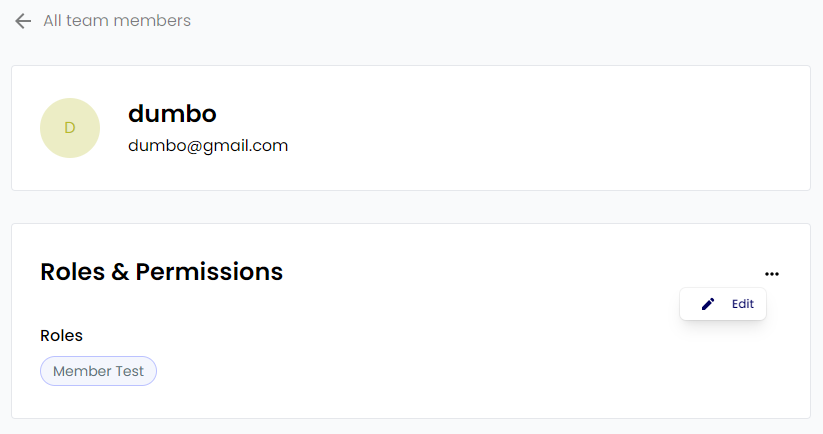
Select Roles
- Match roles to responsibilities
- Consider workflow needs
- Ensure proper access levels
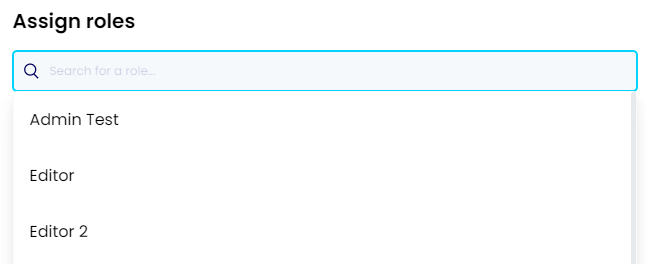
Finalize Assignment
- Verify role selection
- Remove unnecessary access
- Confirm changes
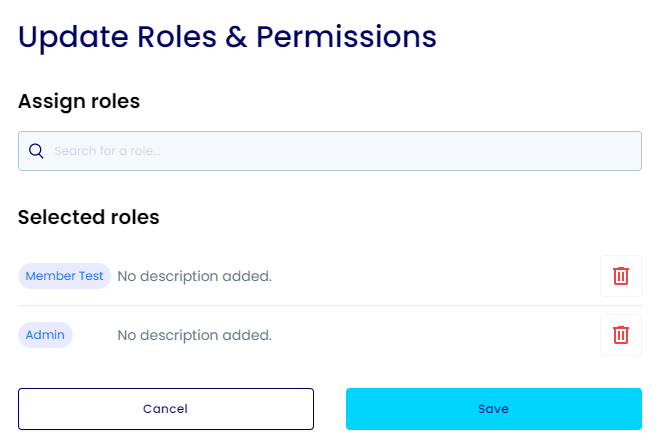
Role Monitoring
Viewing Assignments
Team Overview
- Track all role assignments across your organization
- Identify patterns in permission usage
- Ensure compliance with security policies
- Spot anomalies or unusual access patterns

Detailed View
- Individual role review (examine specific user's assigned roles)
- Permission verification (confirm what permissions each role provides)
- Access assessment (evaluate if current access matches job requirements)
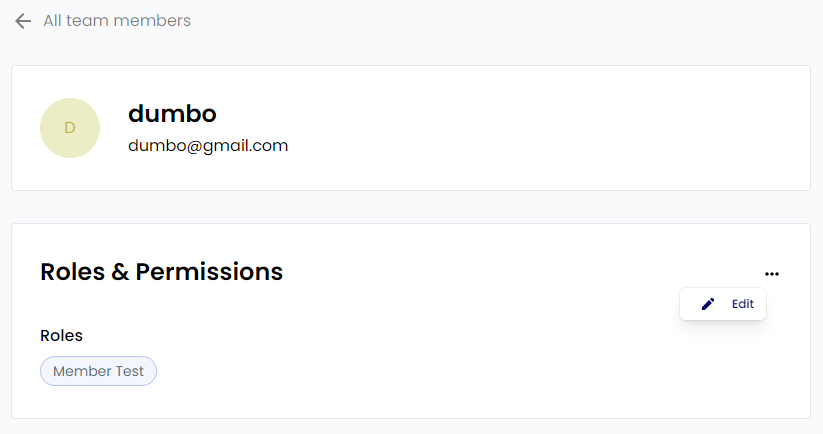
Role Personas
Buyers
- Access marketplace efficiently
- Place orders seamlessly
- Track purchases effectively
- View relevant catalogs
- Maintain spending control
Category Managers
- Manage suppliers strategically
- Control product approvals
- Optimize pricing
- Leverage analytics
- Drive promotional success
System Administrators
- Manage all user accounts
- Assign roles precisely
- Control security settings
- Monitor access patterns
- Configure all platform aspects
- Manage integrations and authentication
Note: System Administrator roles require careful assignment and regular review due to their extensive permissions.
Interactive Tutorial
Learn role management with this comprehensive video guide:
Best Practices
- Use clear, descriptive names for roles (e.g., "Procurement Manager" vs "Role1")
- Group related permissions logically (keep similar functions together)
- Document role purposes thoroughly (explain why each role exists)
- Align roles with job functions (match permissions to actual responsibilities)
- Restrict administrative access (limit admin roles to essential personnel only)
- Review assignments quarterly (ensure users still need their current access)
- Monitor role effectiveness (track if roles are being used as intended)
- Overview
- System-Defined vs Custom Roles
- Key Benefits
- Accessing Roles
- Creating Roles
- Initial Setup
- Permission Configuration
- Permission Categories
- Finalizing Role Creation
- Managing Existing Roles
- Role Maintenance
- Role Assignment
- Assigning to Users
- Role Monitoring
- Viewing Assignments
- Role Personas
- Buyers
- Category Managers
- System Administrators
- Interactive Tutorial
- Best Practices